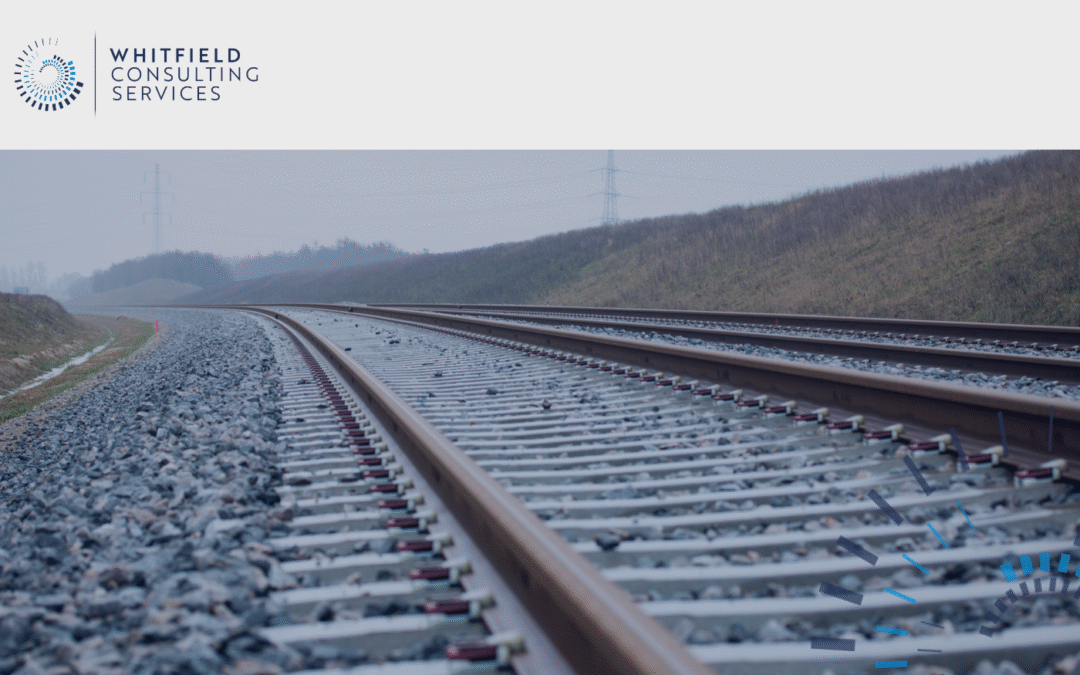Engineering standards and procedures are essential in offering structure and guidance for rail infrastructure projects. These frameworks support all parties in charting the course of the development of a project from inception to handback.
Getting a GRIP
Network Rail created the Governance for Railway Investment Projects (GRIP) framework to oversee and steward infrastructure investment work. These projects are upgrades to the national rail system, in contrast to those that address the day-to-day servicing of the railway.
GRIP was conceived to reduce the risks inherent in delivering such infrastructure projects, and the framework has been a pivotal resource for Network Rail to implement new infrastructure effectively and safely.
As a structured framework, GRIP featured appropriate controls and safeguards to ensure best practice in construction and minimise risk, across an increasingly vast and complex rail network. However, since GRIP followed a strictly sequential project path, clients and contractors had to work through the deliverables one after the other, so developing infrastructure through GRIP could consume a great deal of time. GRIP’s rigid controls began to be recognised as inflexible and counterintuitive to a rail system needing new infrastructure quickly.
Time for change
Network Rail, and a number of contractors who work with them, began questioning GRIP’s over-reliance on deliverables. They started looking for a more flexible, creative framework. The government established ‘Project SPEED’ to help the railway sector develop faster, smarter and more efficient rail infrastructure solutions.
This new system would address the need to – said the then Rail Minister – “cut unnecessary red tape, be bold and purposeful, and empower the railway to be radical in its thinking to halve the time and reduce the cost of delivering infrastructure projects.”
The resulting framework is PACE (Project Acceleration in a Controlled Environment). Here at WCS, we’re proud to say our rail infrastructure engineers have embraced PACE from the beginning and are experts at employing it in delivering modern railway engineering.
The PACE system has five stages:
- Project initiation;
- Development and project selection;
- Project design;
- Project delivery;
- Project close.
Whereas GRIP had review periods, each with a minimum time, sometimes lengthening, PACE allows stages to be grouped and overlapped where appropriate.
At WCS, the emphasis is not on doing the same work faster. Our engineers value PACE’s ability to foster their freedom of thought and creativity rather than a paint-by-numbers, one-size-fits-all procedure.
Streamlined and empowering
As we pick up new projects we’re already finding PACE more flexible and streamlined than GRIP. Using PACE allows us to positively benefit a project’s programme and budget. It achieves this through the adoption of a more straightforward project management strategy, encouraging collaboration and knowledge sharing between stakeholders – an approach which is in perfect tune with WCS’s values.
PACE can also be adopted by all organisations engaged in joint ventures, promoting greater delegation of power up the chain of command whilst concentrating on risk management at all layers.
We feel this new approach is essential in light of the current pressures on the rail sector to deliver projects quickly and at as low a cost as possible.
Better days for rail
We hope that this collective focus on principles over rules should hopefully see mitigation of what has become a regrettable tendency for new rail infrastructure in the UK to be overdue and over budget. Taxpayers’ money will, therefore, be saved when there’s already a squeeze on government expenditure.
Ultimately, the move to PACE represents a change in culture in how Network Rail and its partners think about new infrastructure. It’s a change we encourage as a switch to a more free-thinking, streamlined approach because it mirrors how WCS has always worked.
Asa Whitfield, our Managing Director, looks forward to working with PACE:
“We’re optimistic about how the PACE framework will empower our skilled engineers to do what they do best. Of course, it’s essential to have a framework for guidance and safety, but those elements are at the core of our ethos as a company.
“WCS welcomes PACE as a fresh approach enabling project leaders to customise their engagement and make judgements that resonate with projects’ unique requirements whilst adhering to strict standards of integrity.”
For further information on the work WCS does across the country in all sectors, visit our portfolio page or contact us.
